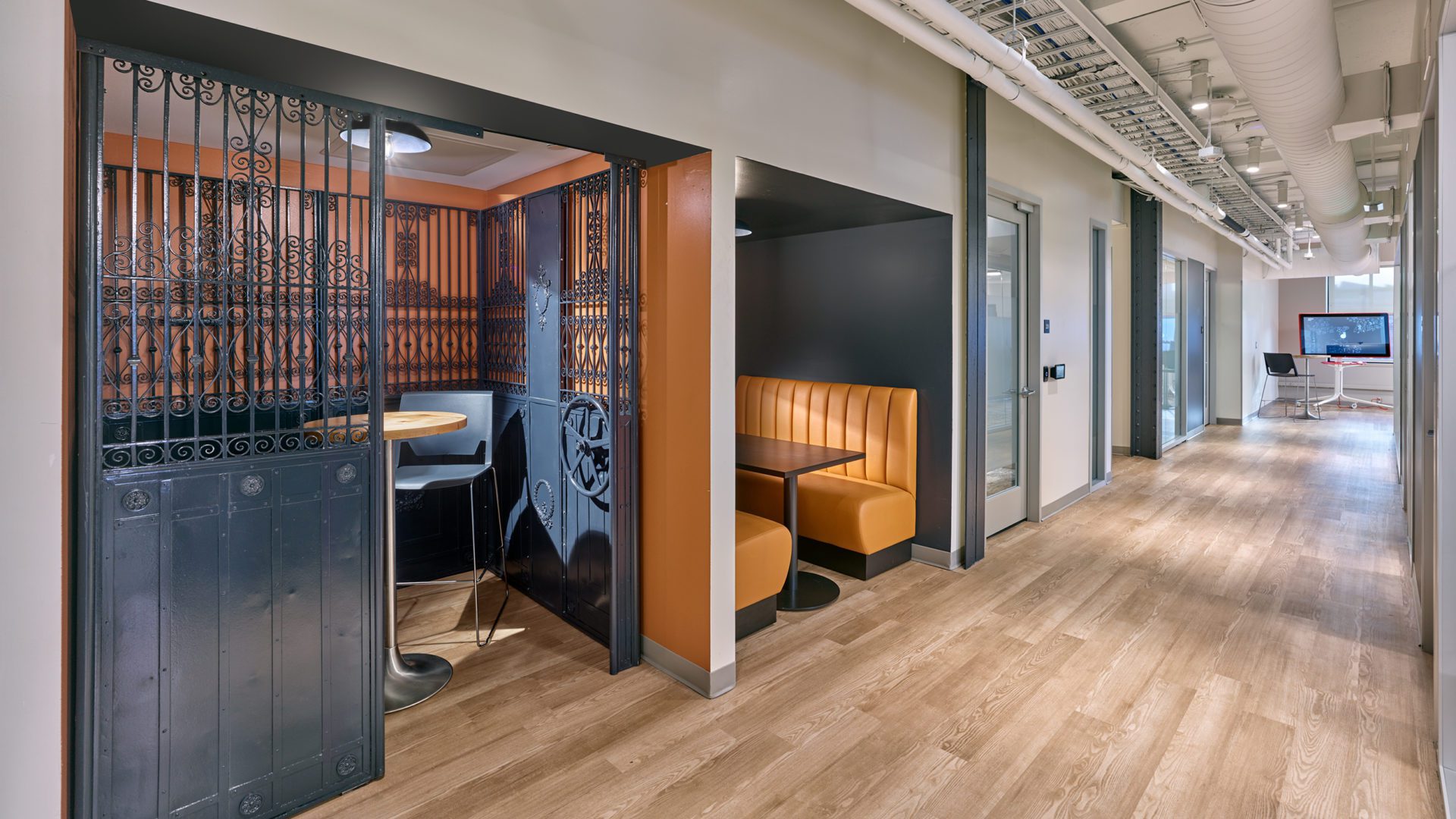A holistic approach must be taken on every heritage building intervention to realize the stated objectives, material properties and building methodologies. Every detail must be researched and considered – and be in compliance with the local heritage or historical standards.
As part of our Blog Series titled Future Proofing Heritage Buildings, members of our multi-disciplinary team focus on how to write the score for the construction symphony.
What makes material selection unique in a heritage project?
Hassan Saffarini, CAHP, Principal
When rehabilitating historic masonry, one is mindful of the need for the repair systems and materials to be compatible, durable and that they do not alter the character-defining elements. Canada’s Historic Places Standards and Guidelines (S&G) allow the use of new technologies where the original technology has been found to accelerate deterioration. The S&G though recommends against the use of new materials or technologies to improve durability when the original material performs adequately. In a recent rehabilitation, we at NORR walked that fine line as we performed selected stone repair, cleaned and coated corroding embedded steel and introduced six-foot-long stainless steel pins to stabilize cracking stone.
Lizanne Dubien, Studio Manager
At the start of every project, we take a holistic approach to understand exactly which heritage materials we are going to use and how we are going to procure them. We work with the heritage jurisdiction, National Capital Commission, designers and architects to explore every option. If it is a heritage-defining element, you don’t have the choice of replacing it. You have to follow the defined characteristics of the project that the client provides. A lot of these elements are only available overseas or from unique providers which means we need to have a scheduling plan early, and we need to stick to it.
What is the strategy to ensure procured equipment and materials fit the vision?
Jon Haynes, Senior Project Manager
During construction, to make a project happen successfully, we first review the heritage character statement to understand what elements are essential to protect. In keeping with this statement, constraints may arise with the existing building and the integration of pre-purchased equipment. We work to understand the existing and unknown conditions of elements like a character-defining ceiling and how it will interact with new ductwork. We plan for current and future risks using point cloud technology to collaborate with the consultants and contractor to deal with surprises and provide economical solutions.
Salil Ranadive, Electrical Engineering Manager
As the consulting team, we need to bring forward the various technical considerations that allow the owner and heritage architect to make the correct choices. Electrical engineers, for example, are tasked with the choice of replacing a light fixture or refurbishing one. Both choices come with separate costs and it is our job to inform the client so they can make a value judgment based on thorough technical analysis for the overall aspiration goals of the project.
Are there delivery methods or forms of contracts that are better suited for heritage projects?
Mila Legge, Senior Specification Writer
The two suitable project delivery methods include Design-Bid-Build and Construction Management. Understanding the benefits and limitations of each is paramount to a successful heritage project.
In Design-Bid-Build, the design is complete before the bidding phase, and the owner commits to a contract with a fixed scope. Any scope changes, discovered after construction starts, are priced as an extra. It is a sequential, linear process so it takes longer to complete than other methods.
While this method has its advantages, Construction Management is the preferred method for delivering a heritage project to reduce cost and schedule overruns by keeping the design and construction contracts separate and giving the owner an advantage of pre-construction advice from the Construction Manager on cost, schedule and constructability, therefore reducing some of the risks that are inevitable while working on a heritage site.
Hadi Khouzam, Senior Project Manager
When the project is ready to move into the construction phase, our clients typically sign a contract with the contractor to execute the project. As contract administrators, we must be fully aware of any heritage components or requirements. There are specific documents that must be submitted, and often a report must be compiled by a heritage consultant. We find clarity in working with the city, governing bodies, and the client to make any adjustments to an existing contract to account for additional services. By being flexible and knowledgeable through every aspect of the contract we can ensure a successful project delivery.



